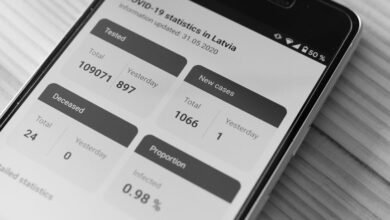639053197 Investigating Mobile Call Patterns and Origins

The study “639053197 Investigating Mobile Call Patterns and Origins” presents a thorough examination of mobile communication dynamics. It systematically evaluates factors such as call duration, frequency, and peak usage times across distinct demographics. Furthermore, it considers the impact of socioeconomic variables and technological progress. Notably, the research reveals stark differences in call patterns between urban and rural users, prompting questions about the implications for network optimization and user experience in varying environments.
Understanding Mobile Call Patterns
As mobile communication technology has evolved, understanding mobile call patterns has become essential for analyzing user behavior and network performance.
Call duration, peak times, and call frequency vary significantly across user demographics, urban areas, and rural areas.
Service providers must consider device types to optimize network resources, ensuring efficient communication.
Recognizing these patterns enables enhanced strategies for user engagement and network reliability.
Factors Influencing Call Behavior
Numerous factors influence call behavior, shaping how users interact with mobile networks. Socioeconomic factors, such as income level and education, significantly affect communication preferences and frequency.
Technological advancements, including smartphone capabilities and network infrastructure, further dictate user engagement patterns. Together, these elements create a complex landscape where individuals navigate mobile communication, reflecting broader societal trends and personal choices in an increasingly connected world.
Geographical Trends in Mobile Communication
While mobile communication has become ubiquitous worldwide, geographical trends reveal significant disparities in usage patterns and preferences across different regions.
Mobile usage varies notably, with urban areas exhibiting higher call frequencies compared to rural locales.
Regional differences also manifest in the types of services utilized, influenced by cultural factors and economic conditions, shaping the landscape of mobile communication on a global scale.
Implications for Future Connectivity
The disparities in mobile communication usage across different regions highlight significant implications for future connectivity.
As emerging future technologies develop, tailored connectivity solutions must address these regional differences.
Enhanced infrastructure and innovative applications will be essential to bridge gaps, ensuring equitable access to communication.
This evolution will foster a freer exchange of information, empowering communities and enhancing global interconnectivity in an increasingly digital landscape.
Conclusion
In conclusion, the study reveals a striking coincidence: as technology advances, so too does the digital divide between urban and rural mobile users. The disparities in call patterns underscore the necessity for tailored solutions that bridge these gaps. By acknowledging and addressing the unique call behaviors influenced by socioeconomic and geographic factors, service providers can enhance connectivity and user engagement, ultimately fostering a more inclusive communication landscape that resonates with the needs of all communities.





